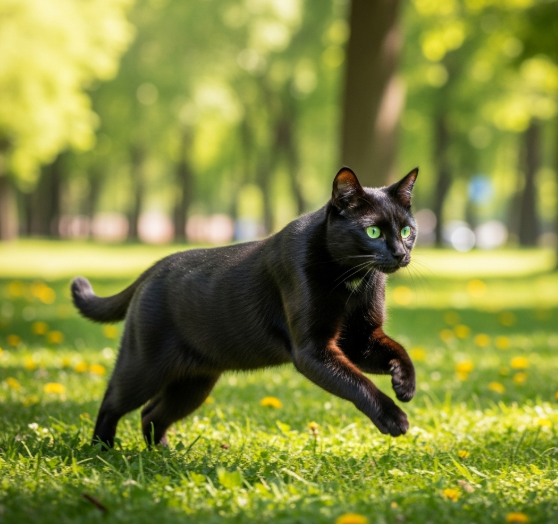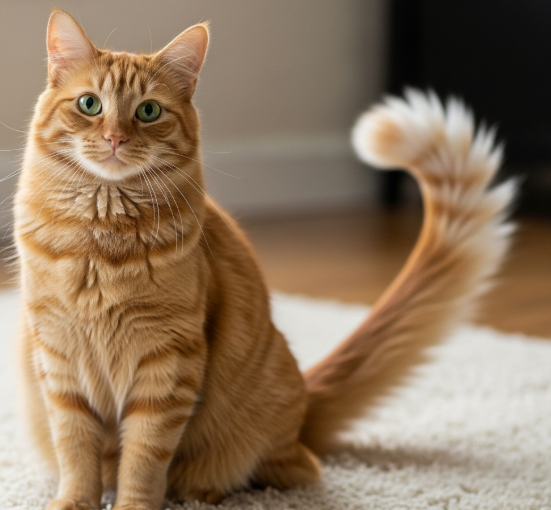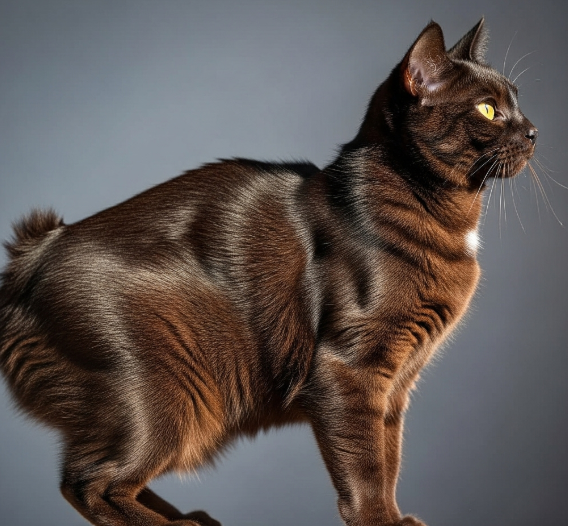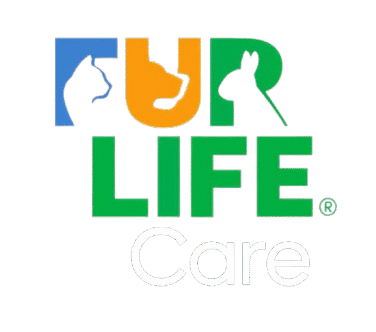Understanding Your Cat’s Rear Quarters, Abdominal Organs, and Spine

The Rear Quarters: Strength and Agility in Motion
A healthy cat’s rear quarters should look strong and supportive. The body naturally tapers slightly toward the tail but remains well-muscled, especially around the haunches. Many cats have a slight belly pouch, which is normal — it’s often more noticeable in heavier cats or those who have lost weight after being overweight. The back legs and haunches are sturdy and built for sudden bursts of speed and powerful jumps.
The fur covers the entire rear end, though it might be a bit thinner near the lower tummy area. When your cat walks or runs, younger cats should move smoothly without any signs of stiffness, limping, or discomfort.
Key Organs in the Lower Body and What to Watch For
Inside the lower half of your cat’s body are vital organs like the liver, stomach, spleen, kidneys, bladder, intestines, and reproductive organs. Unlike the chest, most of these organs aren’t protected by bone, making them vulnerable to illness.
Watch for these common warning signs that could indicate issues with these organs:
- Vomiting and diarrhea: These symptoms could point to various conditions, such as hyperthyroidism, kidney disease, pancreatitis, or even ingestion of toxic substances. Intestinal diseases like Inflammatory Bowel Disease (IBD) or cancer may also cause these signs.
- Rapid weight loss: Sudden weight loss is always concerning. If paired with vomiting, it’s a strong signal to seek veterinary care immediately. In overweight cats, quick weight loss can trigger hepatic lipidosis, a potentially life-threatening fatty liver disease that requires prompt treatment.
- Butt-scooting: If your cat drags its rear end along the floor leaving behind a foul-smelling discharge, this often means infected or impacted anal glands, which need veterinary attention. Sometimes, cats may also release these glands spontaneously when stressed. Intestinal parasites can also cause scooting.
If you notice any of these symptoms, don’t wait—contact your veterinarian for a thorough checkup.
The Spinal Column: The Cat’s Flexible Backbone
The cat’s spine runs from the base of the skull down to the middle of the tail and encases the spinal cord—a critical nerve pathway that controls movement and sensation throughout the body. This spinal cord transmits signals that help your cat feel heat, cold, pain, and control muscle function.
Cats are famously agile thanks to their highly flexible spine. This flexibility allows them to twist their bodies mid-air, helping them land safely on their feet after a fall—a remarkable survival skill.
When a cat is standing relaxed on all fours, its spine is relatively straight and parallel to the ground, gently sloping down from the shoulders to the base of the tail.

Understanding Your Cat’s Tail: Balance, Communication, and Care
The Purpose of a Cat’s Tail
A cat’s tail isn’t just for show—it plays a crucial role in helping your feline friend maintain balance during jumps and quick movements. Beyond balance, the tail is also a powerful communication tool. For example, a rapidly twitching or lashing tail is a clear sign your cat is feeling irritated or upset. When you see this, it’s best to give your cat some space.
Important Warning: Never Pull Your Cat’s Tail
Pulling or grabbing a cat’s tail can cause serious harm to your pet—and potentially to you. Tail injuries are considered veterinary emergencies and need immediate attention. Severe trauma may even require tail amputation, though some injuries can heal on their own or be repaired with surgery.
Tail paralysis is another serious concern. If the nerves supplying the tail are damaged, your cat might experience paralysis and could also lose control over bowel or bladder functions. This makes prompt veterinary care critical.
Special Note on Manx Cats and Tail-Related Health Issues
Manx cats are a unique breed known for being born without tails. However, some Manx kittens suffer from “Manx Syndrome,” a genetic condition that causes spinal cord malformations. This can lead to neurological problems affecting the back legs, as well as issues like urinary and fecal incontinence. In more severe cases, kittens may be born with spina bifida, a serious spinal deformity.
Always handle your cat gently and avoid pulling their tail. Understanding tail signals and caring for your cat’s tail health can help keep your feline happy and injury-free.

Understanding Your Cat’s Back Legs, Feet, and Claws: Strength and Mobility
The Power Behind Your Cat’s Rear Quarters
A cat’s rear haunches, back legs, feet, and claws play a vital role in their agility and strength. Flexible hips combined with strong bones, joints, and muscles allow cats to run fast, jump high, and pounce on prey—skills essential to their natural hunting instincts.
Signs of Aging and Joint Issues in Cats
If your cat is over 8 years old and starts showing signs of stiffness, slower movement, or hesitation—especially when jumping onto furniture or accessing their litter box—arthritis could be the cause. Excess weight often worsens joint problems, so managing your cat’s weight through a veterinarian-recommended gradual weight loss plan is important for their overall health.
Certain breeds, like Persians, Siamese, and Maine Coons, are more prone to hip dysplasia, a condition that increases the risk of arthritis. Luckily, there are medications and supplements available to help relieve joint pain and slow arthritis progression. Commonly recommended supplements include glucosamine and chondroitin, often found combined in products like Cosequin®.
The Importance of Back Legs and Claws for Movement and Defense
Your cat’s back legs and claws are just as crucial as the front ones. The powerful back legs help your cat sprint to impressive speeds or make quick escapes, while their strong back claws serve as defensive tools, delivering sharp “rabbit kicks” during play or when protecting themselves.
While it’s good practice to trim your cat’s front claws regularly, it’s best to leave their back claws untouched if your cat spends time outdoors—these claws provide important protection in the wild.
Taking good care of your cat’s back legs and feet will help them stay active, healthy, and ready for anything life throws their way.
The Graceful Body of a Healthy Cat: How to Keep Them Thriving
A healthy cat moves with effortless grace—a true masterpiece of balance, strength, and elegance. As a cat owner, your role is to support that natural beauty by providing a nutritious diet, plenty of exercise through play, and regular veterinary care. These steps are key to helping your feline friend live a long, happy, and healthy life.
If you ever notice signs of illness or unusual behavior in your cat, don’t hesitate to contact your veterinarian right away. For any health concerns, your vet is the best resource—they know your pet’s medical history and can offer personalized advice to keep your cat feeling their best.
